Researchers at the Institut Pasteur in Paris, France, have issued a correction to a study published in the journal Nature on May 23, 2018. The correction pertains to a figure in Extended Data Fig. 5a(H) of the original article, which was found to be incorrect due to a figure preparation error. The error occurred during the assembly of the figure in InDesign, where an image corresponding to the 7rh-COLV treatment was inadvertently associated with the panel labeled Obtustatin-COLV.
According to the correction notice, the experiments were performed in 96-well plates, and images of the control (DMSO-COLV) and treatment conditions were saved in separate folders. Despite the error, the researchers confirmed that all treatments were compared to the same DMSO-COLV control condition and no differences were observed between treated conditions. This means that the error has no impact on the results or their interpretation.
The study, led by Meryem B. Baghdadi, focused on the role of reciprocal signalling by Notch-Collagen V-CALCR in retaining muscle stem cells in their niche. The researchers used a combination of in vitro and in vivo experiments to investigate the mechanisms underlying muscle stem cell maintenance and differentiation.
In an interview, Dr. Baghdadi explained the significance of the correction: "While the error was unfortunate, it did not affect the overall conclusions of our study. We are confident that our findings contribute to a better understanding of muscle stem cell biology and have implications for the development of new therapies for muscle-related disorders."
The correction highlights the importance of careful data analysis and figure preparation in scientific research. It also underscores the need for rigorous quality control measures to ensure the accuracy and reliability of research findings.
The original study has been widely cited in the scientific community, and the correction is intended to provide a clear and accurate record of the research. The revised figure is available as supplementary information accompanying the correction notice.
The correction has no impact on the broader implications of the study, which has sparked interest in the scientific community. Researchers continue to explore the mechanisms underlying muscle stem cell maintenance and differentiation, with potential applications in regenerative medicine and tissue engineering.
In the future, researchers may revisit the study and its findings in light of new developments in the field. As the field of muscle stem cell biology continues to evolve, the correction serves as a reminder of the importance of accuracy and attention to detail in scientific research.
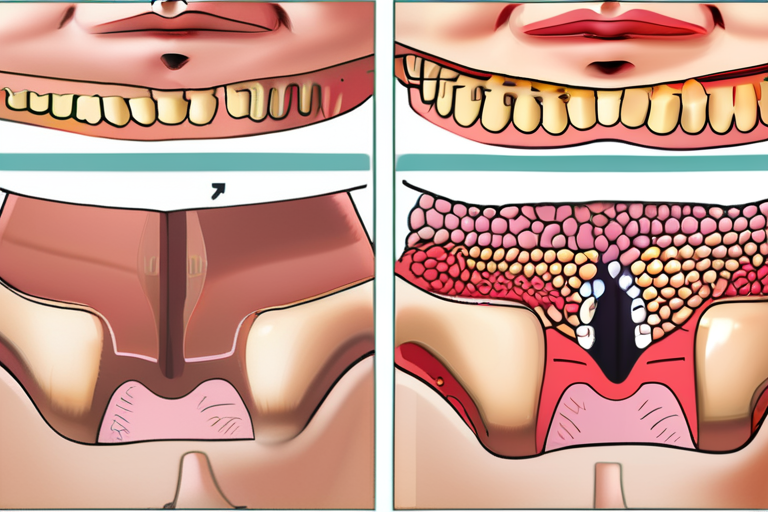



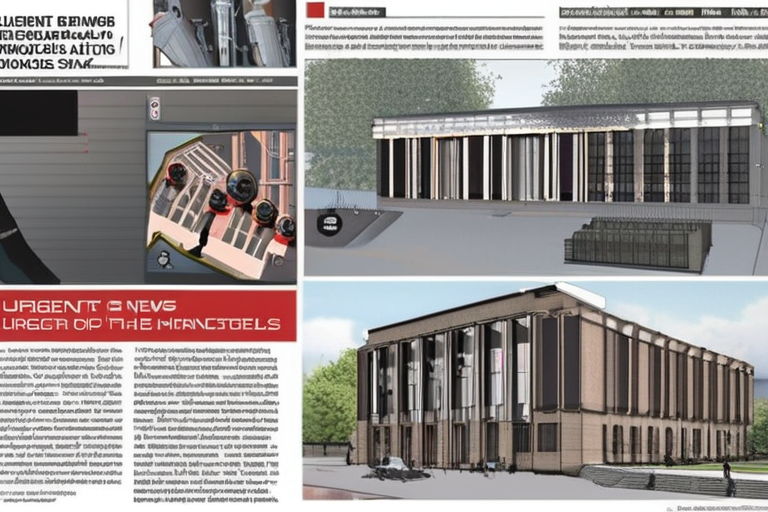






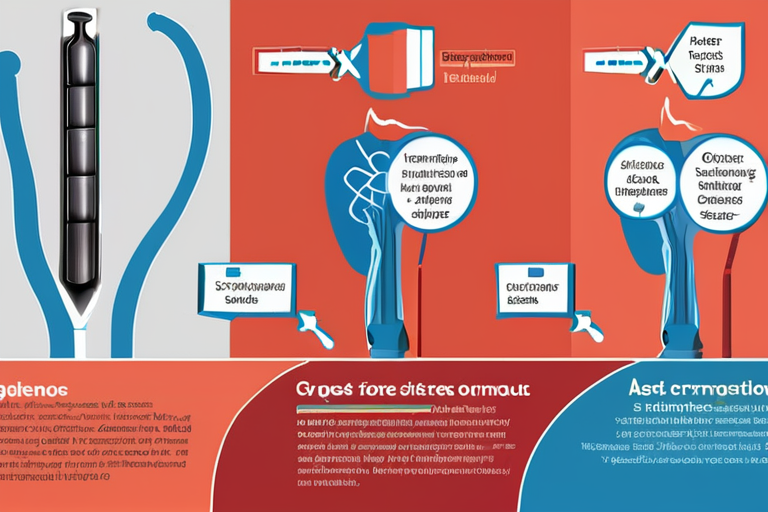
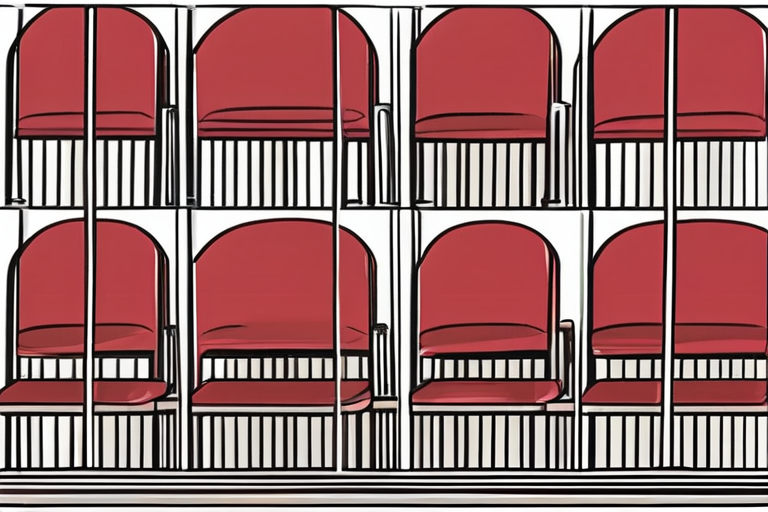
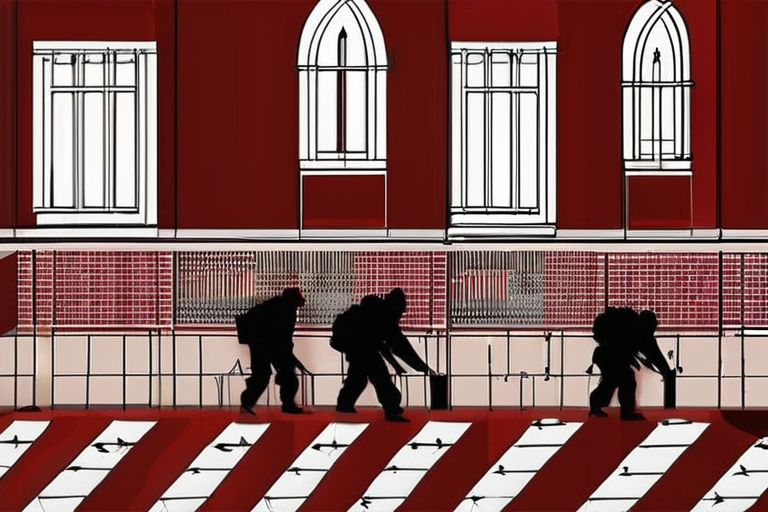
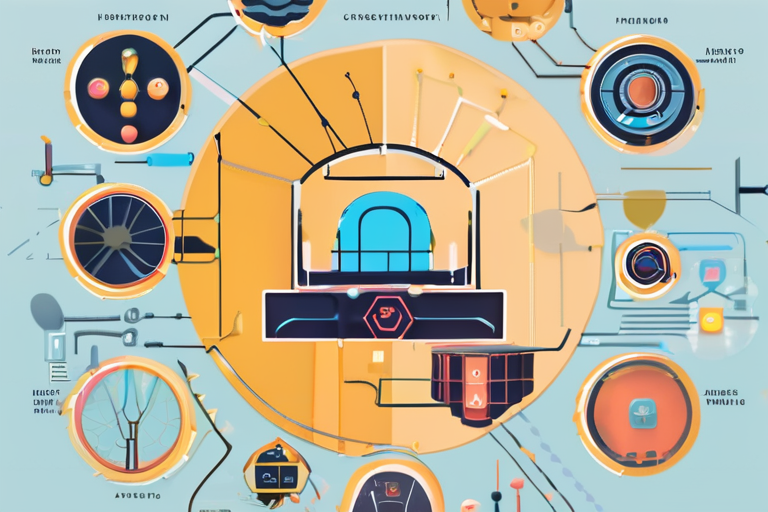
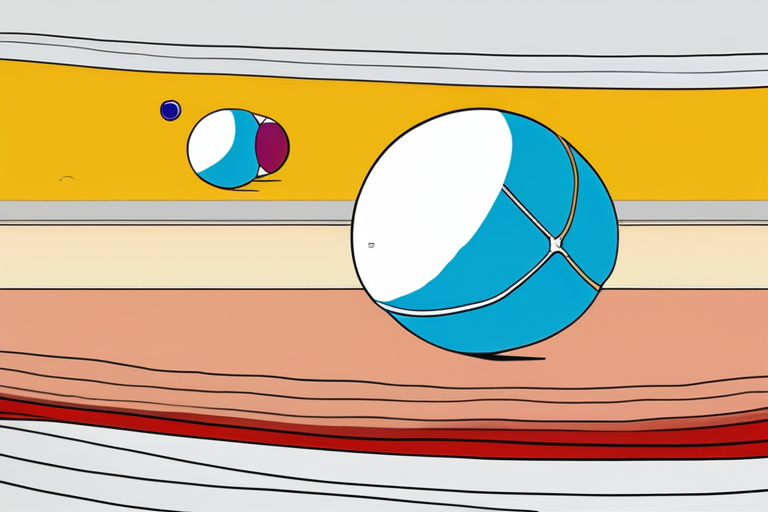
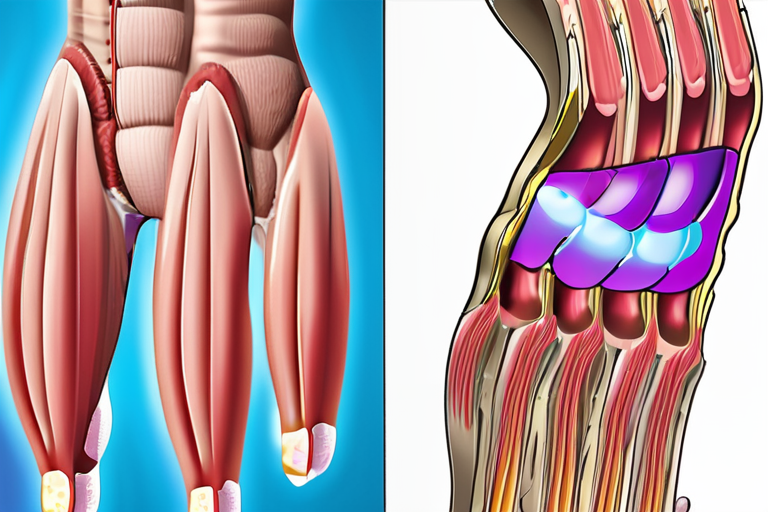


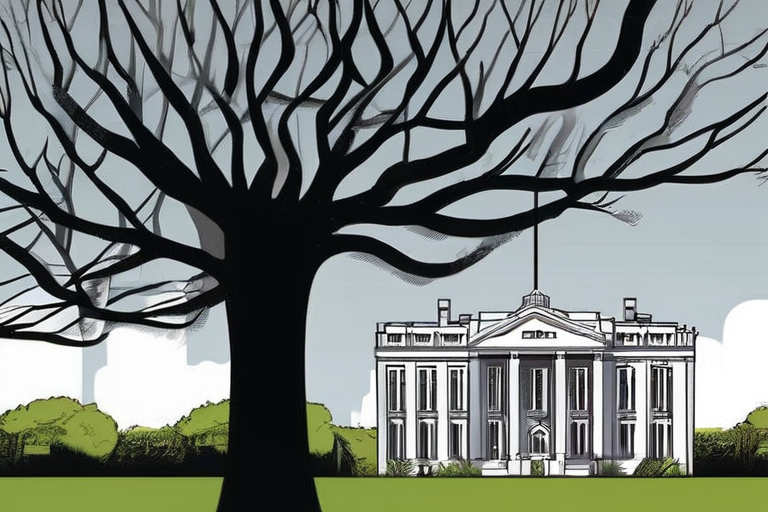


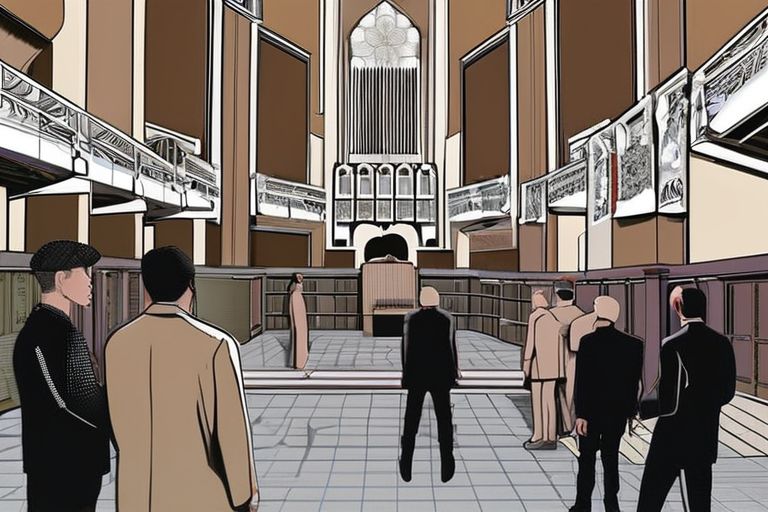

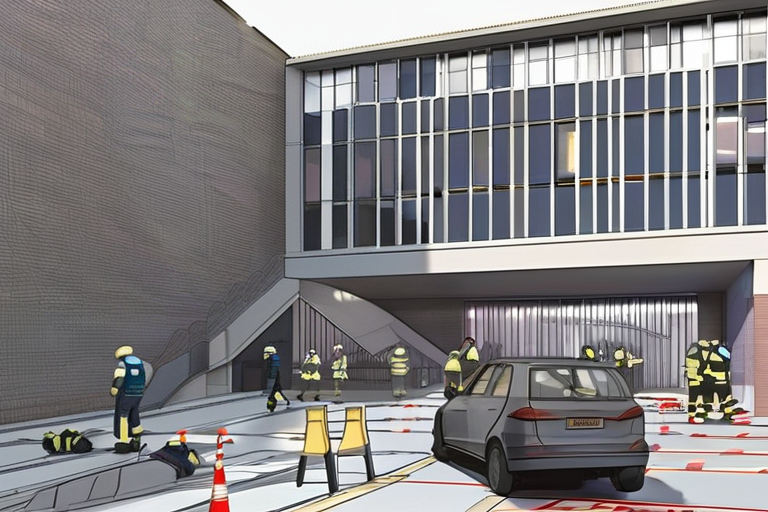

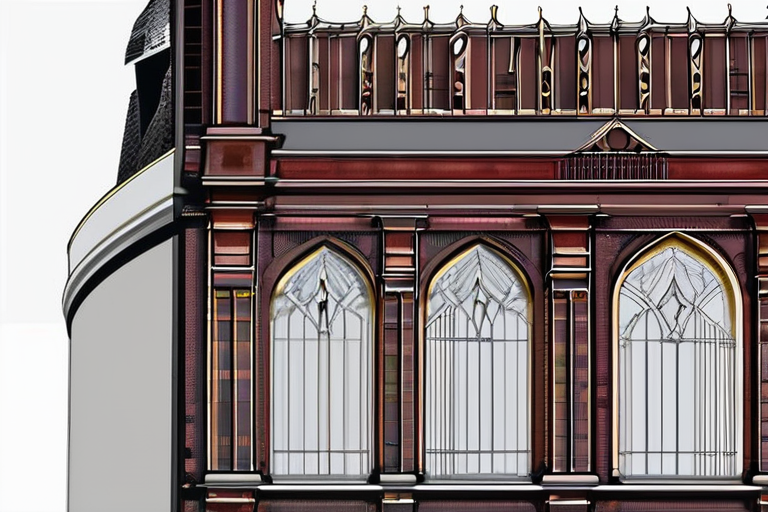
Share & Engage Share
Share this article